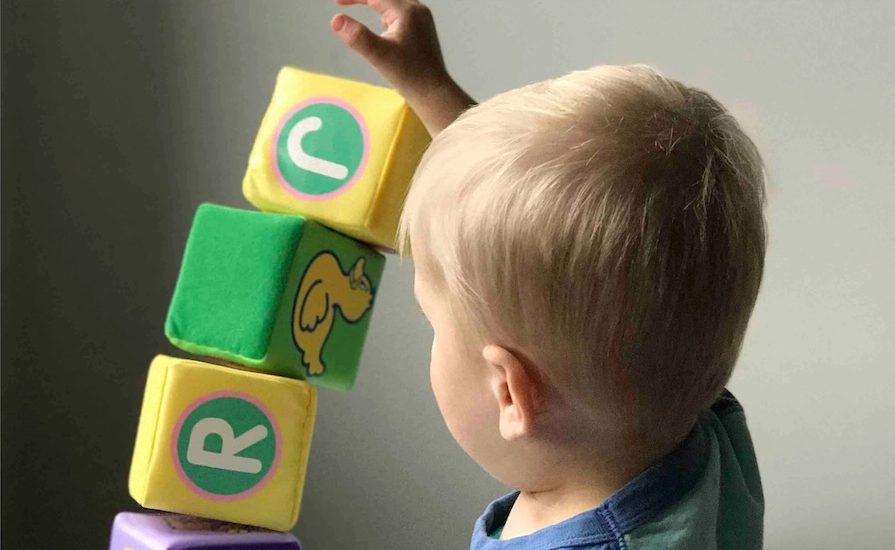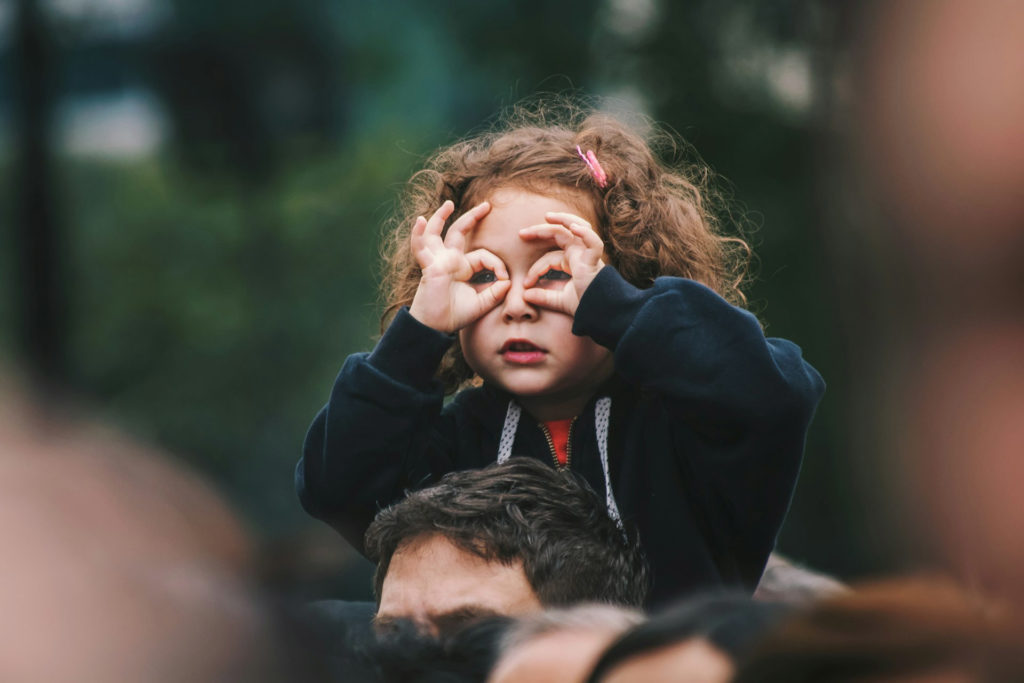The Historical Context of Autism
and Social Stories
“…the public understanding of mental abnormality would take many years to rise above fear and pity.” Bezark (2003)
“Time has a tendency to sand off the pointed edges of some of life’s experiences. It allows us to look back and laugh at ourselves, replacing that which is unfavorable with the forgiving twist of our memory. Unfortunately, the journal from my first days as a teacher doesn’t allow me that luxury.” (Gray, 2014)
I was born mid-way through the twentieth century. I remember first-hand the television series I Love Lucy and Sunday nights with Ed Sullivan, both in black and white.
I listened to sixties’ music in the sixties, a decade that opened with the first televised presidential debates and closed with Neil Armstrong stepping on the moon. And, I will always remember 1976 and my first teaching position with four children with autism, which means I drove to work singing along to Bohemian Rhapsody. To understand anything – from the evening news to the toy-of-the-year or the discovery Social Stories – it’s important to look at what was happening in the world at the time.
Many years ago, I was interviewed by an accomplished journalist, the late Mary J Bezark. Her article, “Carol Gray: An Engineer of Literature for ASD Children” (Bezark, 2003), looks at how events of the 1950s through the 1990s created a ‘perfect storm’ for the discovery of Social Stories. What I find most interesting are the references to the laws, attitudes, and descriptions of educational programming for students with autism and disabilities in the second half of the last century. She helped me to realize the relationship between important discoveries like Social Stories, and the events and times – the historical context – that surrounds them.
Bezark’s article gives me a lot of credit for Social Stories, although I share the credit with many others. As you will see, Social Stories have a strong social history; they are the result of collective thoughts and experience. I was part of a team of incredible parents, professionals, and students. In fact, it was two of my students – Eric and Tim – who first showed me the power of a good story. I just was there, taking notes.
That being said, I am the official keeper of Social Stories. It is impossible to separate the history of Social Stories from my own. That’s what Samantha (right), a high school student, decided as she contacted me as part of her Senior Project. Samantha had questions about teaching students with autism and Social Stories.
Samantha’s letter arrived as I was going through old papers to collect information for this website. I had just discovered my journal from 1976, my first year of teaching. In the mid to late 1970s, only children with more severe expressions of autism were being diagnosed. I had one purple and white book about autism on my classroom shelf. I felt very alone with my first classroom. I was prone to tears without warning on my route home from work, with insecurities that filled page after page of my journal.
I used the journal to help me answer Samantha’s questions. She graciously agreed to publish our correspondence here. Together, Mary J. Bezark’s article and my “Answers for Samantha” (Gray, 2013) sketch a historically factual first-hand account of the broad context that gave rise to Social Stories.
My classroom was in an elementary school; unique compared to the physically isolated schools for students with autism and other developmental disabilities during this time. Within a few months of our first year, we placed one of our students in the pre-kindergarten classroom down the hall. We also created opportunities for general education students to work in our classroom and play with us at recess. These early experiences with autism and general education put us in the right place at the right time to receive an important grant. The grant would play a key role in the development of Social Stories.
References
- Bezark, M. J. (2003). Carol Gray: An engineer of literature for ASD children. Unpublished manuscript.
- Gray, C. A. (2013). Answers for Samantha. Correspondence.
Let’s Connect
Have questions or a webinar request? Complete the form and let’s connect!




